Tawny Frogmouth – No, Its Not an Owl or a Puppet
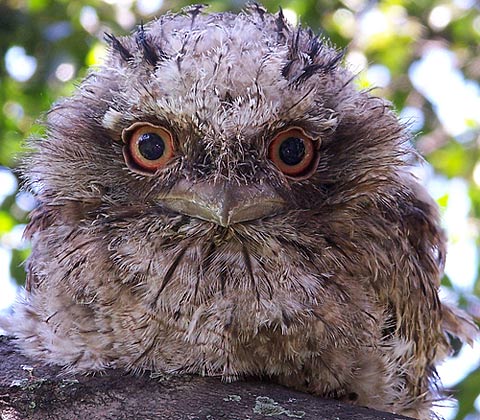
Hello I’m a real bird not a puppet!
The tawny frogmouth is a species of bird native to Australasia, found across Australia and Tasmania. It favours tropical forested savannahs and open woodlands as its habitat. Often mistaken as part of the owl family, the strange-looking big-mouth is in fact part of the frogmouth family which is quite closely related to both nightjars and oilbirds.
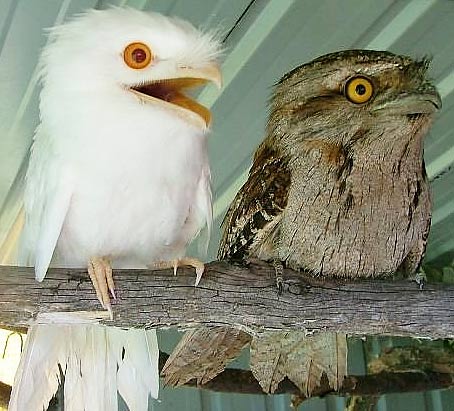
As if they weren’t strange looking enough, here is an albino.
They have huge froglike mouths which they use to capture insects. Their bills are large and horny but their legs and feet are small and weak. They are the weakest fliers within the frogmouth genus. They can vary in length from as little as 9 inches (23 cm) to 21 inches (53 cm) and they are brown/grey in color. Unlike some birds there is no huge distinction between the male and female birds.
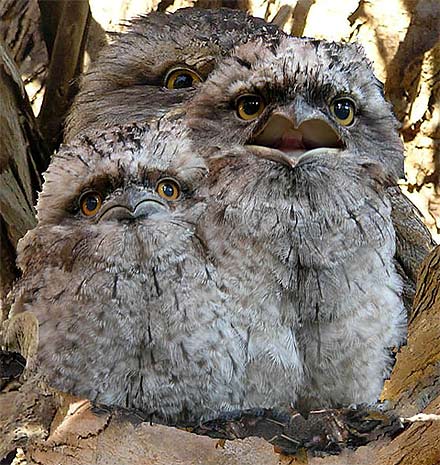
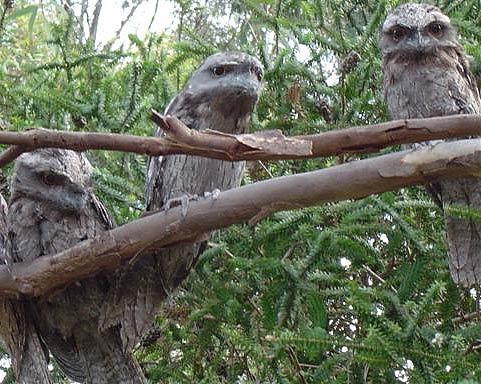
Tawny frogmouths are nocturnal and they spend their days perched on branches asleep. They are very similar in coloring to many branches and so they can easily go unnoticed as they are camouflaged. As they only appear nocturnally we know very little about their behaviour as they are only active before dawn and after sunset.
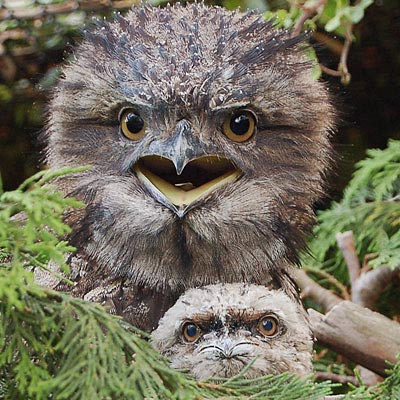
Their call sounds like a grunt rather than a song and can be heard throughout the night across Australasia. They feed on bugs and insects including scorpions, caterpillars and beetles. Occasionally they may feed on mice. They watch their prey from above and swoop down to capture it.

Tawny frogmouths lay between one and three eggs per reproductive season. Interestingly both the male and female birds incubate the eggs, the male in the day time and the female at night while the male is out hunting. Much like other birds the chicks are born covered in downy fluff and stay in the nest until they’re able to fly. This usually occurs around 25 days after hatching. They are a loyal species who remain in their mating pair until one of the pair dies.
The tawny frogmouth perhaps isn’t the most beautiful of creatures but it carries an air of mystery as we know very little about its behaviour during its night time activity.
